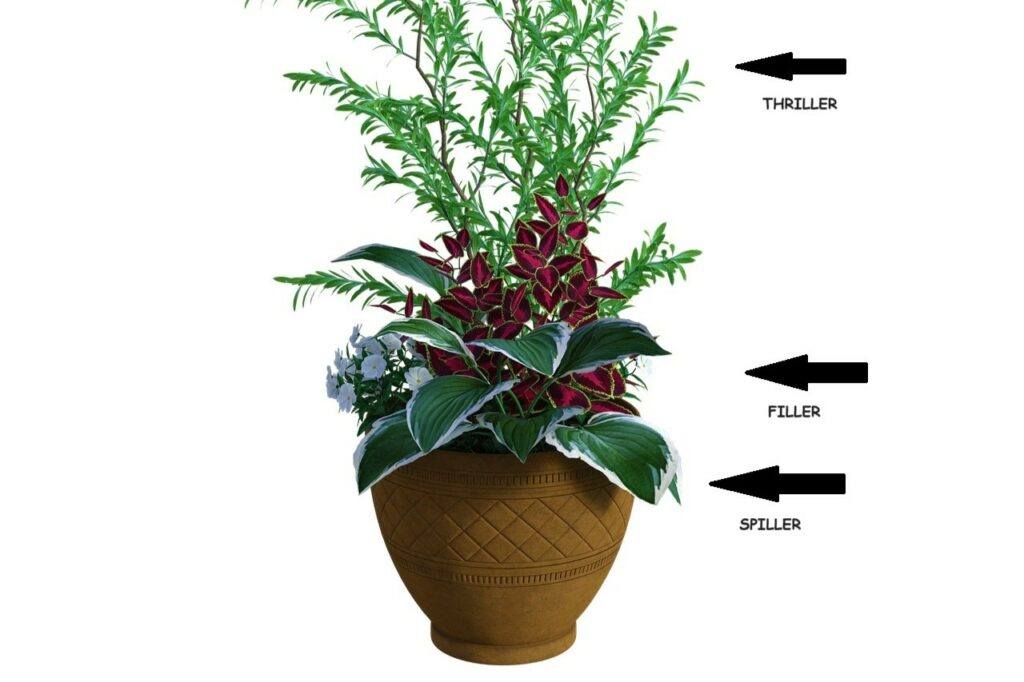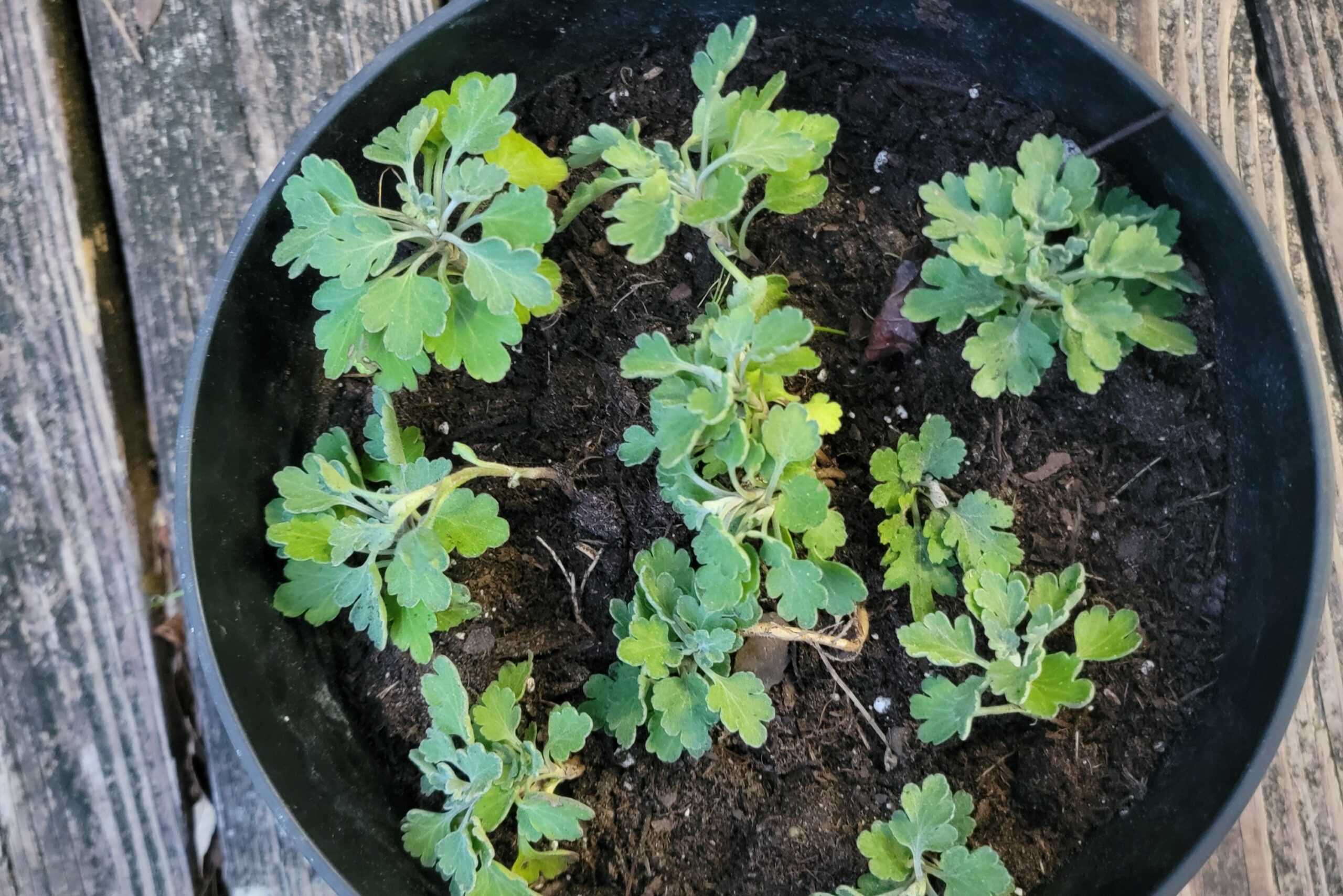Tips For Gardening With Large Planters
When you want to liven up a porch or patio with plants, look to a large planter for a big solution!
Large outdoor ornamental planters add instant curb appeal to your home or transform open space with life.
This article provides practical tips for selecting planters, choosing plants, and growing healthy plants in large planters.
Selecting Suitable Large Planters
Creating a large planted container is an exciting adventure. Let your creativity shine!
Material Type:
- If your planter stays in the same location year-round, it needs to be made of material that will endure your climate variations. Clay planters for example, can crack in cold weather.
- Will weight be an issue if the planter needs to be moved at season end? Large planters filled with soil can be very heavy.
- Many resin containers offer the beauty of real materials in a lightweight form. Wood, metal, or stone are a few look-alike textures in resin that minimize their counterpart’s weight, maintenance, and cost.
Size Matters:
- Ensure your planter is deep and wide enough for the plants you intend to grow. In general, bigger is better for maintaining plant health and provides more options.
- Plants enjoy room to expand both their stems and roots. Giving them adequate space to grow means healthier plants overall.
Ensure Proper Drainage:
Use planters with drainage holes at the bottom. Without proper drainage, plants will get soggy and the roots will die. Water should drain from the container and not accumulate in the bottom.
Plant Selection
The plants you choose will grow together in the same space, so they must be compatible with the same environment for optimum health.
Consider the following when selecting plants for your large planter:
Light Requirements:
Observe the light exposure between sunlight and shade your planter receives throughout the day. Look for plants with light requirements that match those conditions.
Moisture Requirements:
As with light requirements, the plants you choose should have similar moisture requirements. Plants with drastically different needs will suffer and may impact the quality of your planter.
Combining Plants
Select plants that will grow to a proportionate size. This helps maintain balance in your planter and presents a balanced container display.
Plant tags will usually provide the height and width of the mature plant. This helps to envision how the container will look when the plants fill in.
Choose a pleasing combination of plants that will fill the space above, in the center, and below the top edge of the planter. These plants are commonly referred to as thrillers, fillers, and spillers.

- Thrillers: Thriller plants add height, drama and texture as the centerpiece of the planter. These plants typically have some eye-catching feature like bright colors, dramatic leaves or unique shapes. Thriller plants should be placed in the center or near the back of the planter. Ornamental grasses, canna lilies, salvia, caladium and elephant ears all make great thrillers.
- Fillers: Fillers plants fill the middle space with texture and color at the base of the thriller plant. Annual bedding plants are natural fillers with many choices available. When choosing fillers for your planter, try coleus, impatiens, petunias, pansies, geraniums, and gerbera daisies.
- Spillers: Spiller plants give planters a polished look. They are often vine-like plants that will naturally tumble over the top edge of the planter. Some popular options for spillers include ivy, cascading petunia, sweet potato vine, Bacopa, Creeping Jenny and trailing lobelia.
Soil requirements for Large Planters
Use a well-draining potting mix specifically designed for containers. These mixes often include ingredients like peat moss, perlite, and compost, which improve drainage and nutrient content.
Avoid using garden soil. It can retain too much moisture and compact around roots. Garden soil may also introduce undesirable weeds, insect larvae, or other diseases to your planter.
Tips For Caring For Your Large Planter
Monitor watering:
Water plants according to their specific needs. Overwatering can be just as harmful as underwatering.
Monitor weather conditions:
Temperature and humidity affect water requirements. Hot and dry weather increases evaporation, requiring more frequent watering.
Pest and disease management:
Check plants regularly for signs of pests or diseases and treat them right away. Early detection helps prevent infestation or widespread damage.
Elevate the planter:
Elevate the planter slightly off the ground using bricks or pot feet. This helps to drain water away from the bottom of the planter.
Moving the planter:
Use a plant caddy or trolly with wheels if the planter needs to be relocated.
Deadheading:
Regularly remove spent flowers to encourage new blooms and remove dead leaves to maintain a neat appearance.
Pruning:
If plants are overcrowded or losing shape, carefully prune them to maintain their natural shape. This allows air circulation, light penetration, and enhances the look of your planter.
Follow these tips and you’ll be on your way to growing beautiful large container gardens in no time!
Explore More








Comments
Tips For Gardening With Large Planters — No Comments
HTML tags allowed in your comment: <a href="" title=""> <abbr title=""> <acronym title=""> <b> <blockquote cite=""> <cite> <code> <del datetime=""> <em> <i> <q cite=""> <s> <strike> <strong>